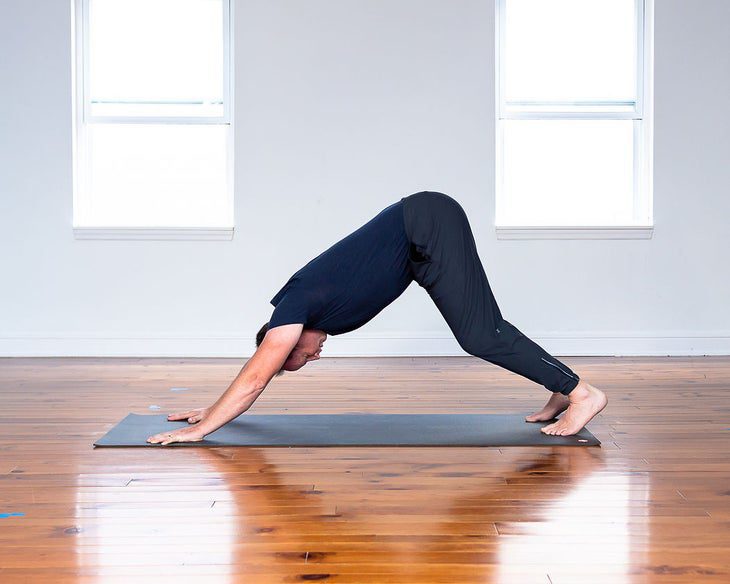Yoga is an ancient practice that has been around for thousands of years and aims to promote inner peace, well-being, and a connection to the divine. It consists of various techniques such as asanas, pranayama, meditation, and more. If you are interested in incorporating yoga practices into your daily routine to enhance your overall wellness, consider the following ten most sacred practices in yoga for inner peace and well-being. These include Surya Namaskar, Pranayama, Asanas, Yoga Nidra, Japa, Mudra, Dhyana, Mantra, Seva, and Svadhyaya. By incorporating some or all of these practices, you can begin to experience the many benefits of yoga for yourself.
The 10 Most Sacred Practices in Yoga for Inner Peace and Well-being
Yoga is an ancient practice that originated in India and has been practiced for thousands of years. It is a holistic system of physical, mental, and spiritual practices that aim to promote inner peace, well-being, and a connection to the divine. Yoga consists of various techniques such as asanas (postures), pranayama (breathing exercises), meditation, and more. If you are interested in incorporating yoga practices into your daily routine to enhance your overall wellness, consider the following ten most sacred practices in yoga for inner peace and well-being.
1. Surya Namaskar (Sun Salutation)
Surya Namaskar is a series of twelve yoga postures that are practiced in sequence to honour the sun. It is a powerful practice for building heat in the body, stretching and strengthening the muscles, and calming the mind. Practicing Surya Namaskar regularly can help you feel energized, focused, and centered.
2. Pranayama (Breathing Exercise)
Pranayama is a set of breathing exercises that are designed to increase lung capacity, calm the mind, and enhance the flow of energy, or prana, in the body. Some of the most common pranayama practices include kapalabhati, nadi shodhana, bhramari, and ujjayi. Pranayama is an essential part of yoga, and practicing it regularly can help you feel more relaxed and invigorated.
3. Asanas (Yoga Postures)
Asanas, or yoga postures, are physical poses that are designed to stretch, strengthen, and balance the body. There are dozens of different asanas, each with its own unique benefits. Some of the most popular asanas include downward-facing dog, warrior II, tree pose, and child’s pose. Practicing asanas regularly can help you improve your flexibility, balance, and overall physical health.
4. Yoga Nidra (Yogic Sleep)
Yoga Nidra, also known as yogic sleep, is a form of meditation that is practiced lying down. It is designed to promote deep relaxation, reduce stress, and enhance mental clarity. During Yoga Nidra, you will be guided through a series of visualizations and breathing exercises to help you enter a state of deep relaxation.
5. Japa (Repetitive chanting of a mantra)
Japa is the repetitive chanting of a mantra, or sacred sound, such as “om” or “so hum”. It is a powerful practice for focusing the mind, promoting mindfulness, and increasing spiritual awareness. Japa can be practiced at any time, and is particularly beneficial for reducing stress, anxiety, and depression.
6. Mudra (Hand Gesture)
Mudras are hand gestures that are used to enhance the flow of energy, or prana, in the body. There are dozens of mudras, each with its own unique benefits. Some of the most common mudras include prana mudra, apana mudra, and gyan mudra. Mudras can be practiced alone or in conjunction with other yoga practices, such as asanas or meditation.
7. Dhyana (Meditation)
Dhyana, or meditation, is a practice that involves training the mind to focus on a particular object, such as the breath or a mantra. It is a powerful tool for reducing stress, improving mental clarity, and enhancing spiritual awareness. There are many different types of meditation, including mindfulness meditation, loving-kindness meditation, and Vipassana meditation.
8. Mantra (Repetition of a sacred word or phrase)
Mantra is the repetition of a sacred word or phrase, such as “om shanti” or “so hum”. It is a powerful practice for increasing spiritual awareness, promoting mindfulness, and reducing stress. Mantras can be chanted out loud or silently, and can be practiced at any time.
9. Seva (Selfless Service)
Seva, or selfless service, is the practice of serving others without expecting anything in return. It is a powerful practice for cultivating compassion, promoting unity, and enhancing spiritual awareness. Seva can include volunteering at a local charity, helping a friend in need, or even just making a point to be kind to everyone you meet.
10. Svadhyaya (Self-Study)
Svadhyaya, or self-study, is the practice of introspection and self-reflection. It is a powerful tool for enhancing self-awareness, encouraging personal growth, and promoting spiritual awakening. Svadhyaya can include journaling, reading spiritual texts, or even just taking time to reflect on your thoughts and feelings.
Final Thoughts
Yoga is a powerful practice that can enhance your physical, mental, and spiritual well-being. By incorporating some or all of these ten most sacred practices into your daily routine, you can begin to experience the many benefits of yoga for yourself. Whether you are a seasoned yogi or a beginner, there is always more to learn and explore on your journey towards inner peace and well-being.
